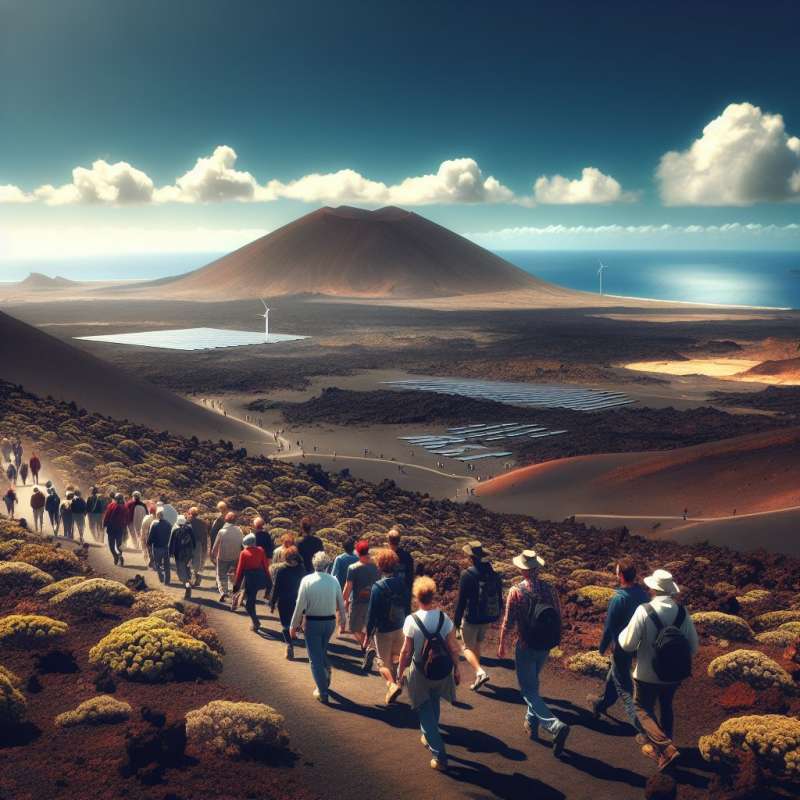
Lanzarote's Volcanic Origins
Lanzarote's landscape was sculpted by fiery eruptions. The Timanfaya National Park, with its otherworldly vistas, showcases the island's volcanic history vividly, as it remains largely untouched since the 1730s eruptions.
Unique Lava Tubes
Cueva de los Verdes, a striking lava tube, was formed by flowing lava, creating a natural underground tunnel. It's one of the longest volcanic galleries in the world, hiding a surprising concert hall within.
Rare Plant Species
Lanzarote hosts peculiar flora, like the 'Jameos' water lily, found only in the Jameos del Agua lagoon. Adapted to volcanic soil, these plants are part of the island's unique biodiversity.
Lanzarote's Wine Secret
La Geria region's moon-like landscape is dotted with vines growing in protective pits. This ingenious cultivation technique in volcanic ash, known as 'lapilli', helps vines retain moisture and bear fruit.
Salt Flats' Ecosystem
The Janubio salt flats aren't just for producing salt; they're a sanctuary for migrating birds. The vivid pink hue of the water, due to microorganisms, creates a stunning palette against the black sand.
Iron-Rich Sands
Lanzarote's beaches have a unique red and black sand, owing to the high iron content from ancient volcanic activity. This mineral-rich sand is a stark contrast to the typical white beaches.
Sustainable Tourism Model
Lanzarote is recognized as a UNESCO Biosphere Reserve, balancing human activity with nature conservation. The island is a leader in sustainable tourism, preserving its natural beauty for future generations.Geothermal Barbecue
At Timanfaya, chefs grill meat using natural geothermal heat from volcanic vents, a unique method found nowhere else in the world.
What sculpted Lanzarote's landscape?
Ocean erosion
Fiery eruptions
Glacial movements
Company